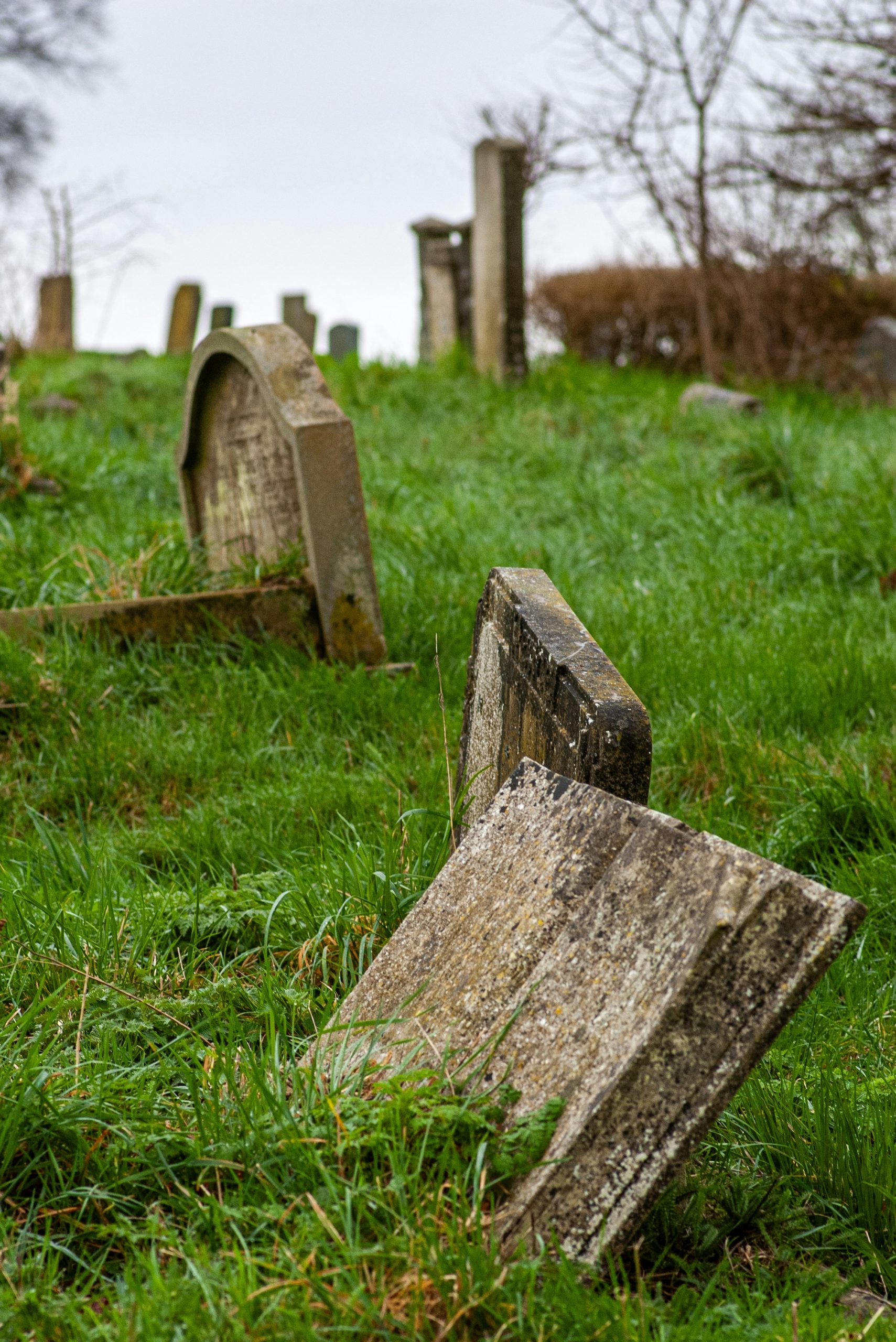Unique Grave Headstone Designs That Stand Out

In the exploration of grave headstone designs, it becomes evident that these markers transcend mere functionality, embodying the historical narratives and cultural significances of societies. The evolution of grave headstone aesthetics reflects not only individual identity but also communal values, wherein unconventional aesthetics serve to challenge traditional norms. As contemporary tombstones increasingly incorporate innovative elements influenced by diverse cultural backgrounds, they pave the way for a transformative approach to memorialization. This dynamic landscape of grave headstone design invites us to consider the interplay between tradition and modernity, ultimately shaping the future of how we honor the deceased.
- Historical Significance of grave headstone Designs
- Key Historical Aspects:
- Elements of Unconventional Aesthetics in Contemporary tombstones
- Cultural Influences on Grave Marker Innovations
- The Future of Memorialization: Emerging Trends in Headstone Design
- Frequently Asked Questions
- What are some distinctive materials used in unique grave headstone designs?
- How can personalized elements be incorporated into a headstone design?
- What influences the cost of unique headstone designs?
- What trends are currently shaping unique grave headstone designs?
Historical Significance of grave headstone Designs
The evolution of grave headstone designs unveils a rich tapestry of cultural values, beliefs, and social hierarchies spanning centuries. These structures serve not merely as markers of final resting places but also as poignant reflections of historical contexts.
Key Historical Aspects:
- Symbolism: Throughout history, different symbols engraved on grave headstones, such as skulls, angels, or various flora, encapsulated theological sentiments and community beliefs concerning death and the afterlife.
- Material Utilization: The choice of materials—ranging from simple wood in ancient times to luxurious marble contemporarily—illustrates varying accessibility and technological advancements in craftsmanship.
- Artistic Expression: The grave headstone has often manifested societal art movements. For instance, Gothic designs emerged during the Middle Ages, reflecting the grandeur and spirituality of the era.
- Cultural Reflection: Diverse communities have imbued their grave markers with unique motifs, promoting identification with specific cultural or ethnic identities and showcasing shared histories.
Ultimately, the grave headstone serves as an enduring emblem of societal insights, capturing not only individual legacies but also broader historical narratives.

Elements of Unconventional Aesthetics in Contemporary tombstones
Contemporary grave headstones increasingly prioritize uniqueness and emotional resonance, moving beyond traditional designs. The following elements exemplify this shift:
- Personalization: Tailored designs, incorporating individual stories or imagery, significantly enhance the emotional connection. Custom engravings allow families to encapsulate the essence of their loved ones.
- Natural Materials: An increasing preference for organic materials, such as wood and sustainable stone, reflects environmental considerations and a return to nature. These choices foster a sense of harmony between the memorial and its surroundings.
- Abstract Forms: Geometric and asymmetrical shapes challenge conventional notions of a grave headstone. Such designs often symbolize the individuality of the deceased, transcending typical rectangular forms.
- Integrated Technology: Advanced features, such as QR codes or augmented reality experiences, invite visitors to engage interactively with the memorial. This technological integration showcases the life of the deceased dynamically.
In summary, the evolution of grave headstone aesthetics illustrates a profound shift. Contemporary designs forsake uniformity for personal expression, enabling memorials to resonate with the legacy of those they commemorate.
Cultural Influences on Grave Marker Innovations
Cultural heritage significantly shapes the evolution of grave headstone designs, reflecting societal values and traditions. As communities evolve, so do their approaches to memorialization. Several factors contribute to contemporary innovations:
- Religious Beliefs: Different faiths impose unique requirements regarding the material, shape, and inscriptions on grave headstones. For instance, Christian markers tend to feature crosses, while Buddhist headstones often integrate prayers and symbols linked to enlightenment.
- National Identity: Various cultures use grave headstones to embody national pride. For example:
- United States: Military cemeteries prominently display uniform grave markers that symbolize sacrifice and honor.
- Mexico: The Day of the Dead introduces vibrant, decorated gravestones adorned with marigolds, illustrating a joyous celebration of life.
- Environmental Awareness: Modern societies advocate sustainability, prompting innovations in eco-friendly grave headstone materials such as biodegradable options that honor both the deceased and the planet.
These cultural influences foster creativity, leading to unique grave headstone designs that resonate deeply with communities. Consequently, grave markers evolve into powerful narratives, chronicling the legacies of individuals while honoring collective histories.
The Future of Memorialization: Emerging Trends in Headstone Design
With rapid advancements in technology and evolving societal values, the future of grave headstone design promises to embrace innovation while retaining the somber essence of memorialization. Several trends emerge on the horizon, reshaping how we honor loved ones. Key trends include:
- Sustainable Materials: A growing emphasis on sustainability encourages the use of eco-friendly materials. Options like biodegradable substances and recycled stone reduce environmental impact while preserving aesthetic appeal.
- Interactive Features: The integration of technology manifests in grave headstone designs featuring QR codes or augmented reality. These elements allow visitors to access digital memorials, enhancing the connection between the living and the deceased.
- Personalization: As customization gains traction, families increasingly opt for unique designs that reflect individual personalities. This trend promotes artistic expression through custom engravings, images, and symbolic motifs.
- Cultural Representation: Diverse cultures are prominently influencing modern designs, incorporating specific symbols, colors, and motifs that resonate with varied heritage and traditions.
As we move forward, these trends not only inspire innovative grave headstone designs but also reinforce the critical role memorials play in celebrating life and preserving memories.

Frequently Asked Questions
What are some distinctive materials used in unique grave headstone designs?
In contemporary funerary art, a diverse array of materials is employed to create unique grave headstone designs. Traditional granite and marble are often utilized for their durability and timeless aesthetic; however, innovative materials such as glass, bronze, and sustainable options like reclaimed wood or environmentally-friendly composites are gaining traction. Glass headstones, for instance, offer a translucent quality that can reflect light beautifully, creating an ethereal ambiance. Furthermore, the integration of natural stones and metals not only enhances the visual appeal but also allows for a more personalized tribute to the deceased, fostering a unique connection between the memorial and the individual’s life.
How can personalized elements be incorporated into a headstone design?
The personalization of headstone designs is paramount in paying tribute to the individuality of the deceased. Elements such as engraved names, poignant epitaphs, and distinctive symbolic imagery play a vital role in this process. Additionally, families can opt for custom shapes that reflect specific interests or passions of the departed, such as musical instruments for a musician or a book for a literary enthusiast. Photographs and 3D carvings can also be integrated to elevate the memorial’s emotional resonance. By incorporating these personal touches, the headstone transcends its functional purpose, becoming a true reflection of the individual’s life and legacy, thus providing comfort to the bereaved.
What influences the cost of unique headstone designs?
The financial implications of unique headstone designs are influenced by a myriad of factors, including material choice, design complexity, size, and additional personalization options. Premium materials such as rare granite types or bespoke glass can significantly escalate costs. Moreover, intricate designs that may require advanced craftsmanship or the involvement of skilled artisans naturally incur higher expenses. Additional features such as customized engraving, color inlays, or the integration of landscaping elements can further augment the overall price. Consequently, prospective buyers are advised to establish a budget that accommodates not only the fundamental cost of the headstone itself but also the myriad factors that contribute to the final design.
What trends are currently shaping unique grave headstone designs?
In recent years, grave headstone designs have witnessed a substantial evolution, primarily influenced by cultural shifts, technological advancements, and environmental consciousness. A notable trend involves the use of biodegradable materials, promoting eco-friendly memorialization practices that align with the growing interest in sustainability. Furthermore, the adoption of technology, such as QR codes or augmented reality, allows the inclusion of multimedia elements or digital tributes that enrich the storytelling aspect of memorials. Additionally, minimalist designs and naturalistic motifs reflect contemporary aesthetic preferences, emphasizing simplicity and organic connections to nature. Collectively, these trends signify a progressive move towards more meaningful, personalized, and environmentally responsive forms of memorialization.


